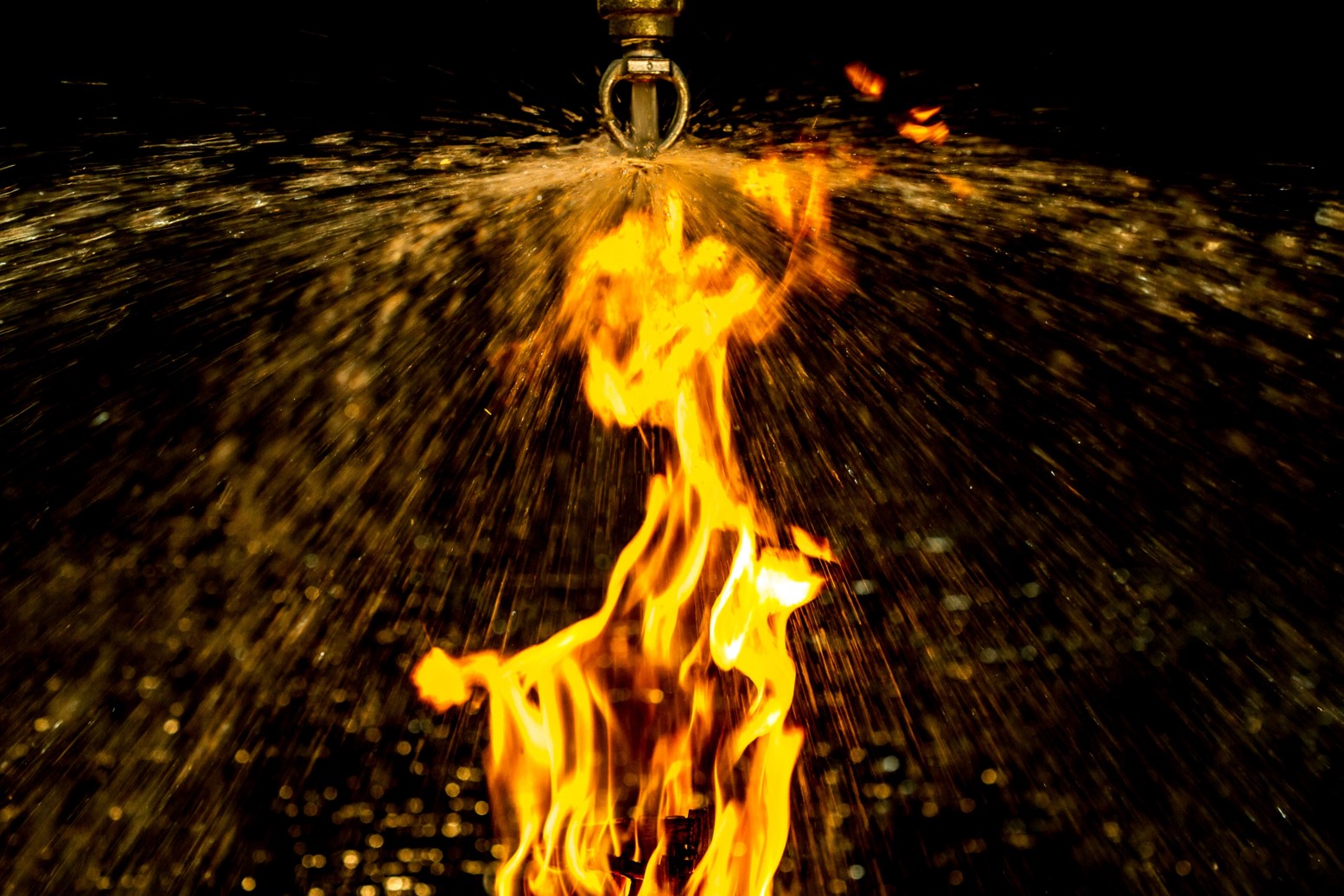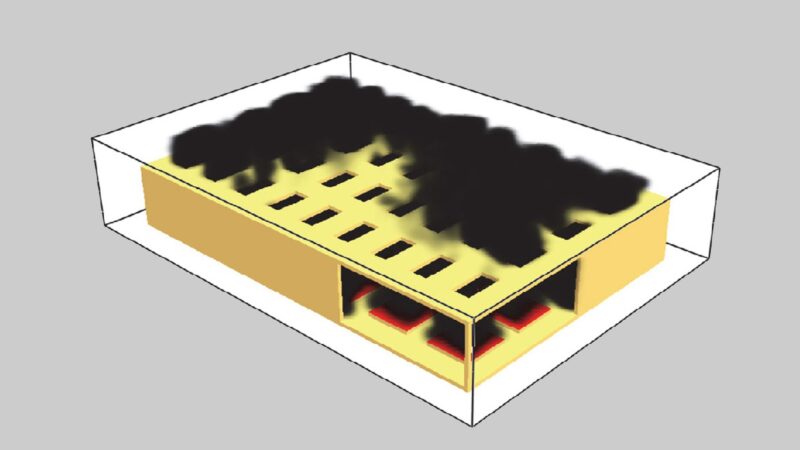Performance based fire design is a way of shaping buildings around real fire behavior instead of relying only on prescriptive rules. It gives architects and builders flexibility to protect people and property while supporting bold layouts and materials.
Instead of asking “did we follow every rule,” the method asks “will this building perform safely in realistic fire conditions.” That shift is especially valuable for complex projects like atriums, mixed use towers, timber hybrids, and wide open industrial spaces.
Understanding performance based fire design

Performance based fire design starts by defining safety objectives, such as safe evacuation, structural stability for a set time, and limiting fire spread. Designers then test whether the building meets those objectives through engineering analysis, modeling, and scenario planning.
If you are planning a project in Queensland or want specialist input early, find here about fire engineer Brisbane can point you toward the right expertise. The goal is not to avoid compliance, but to prove compliance through measurable outcomes.
Unlike a checklist approach, this method looks at how smoke moves, how long people need to exit, and how systems interact under stress. The result is a tailored solution that can be safer than minimum code while avoiding unnecessary construction constraints.
A typical process begins with identifying credible fire scenarios for the occupancy type and geometry. These scenarios might include a kitchen fire in a restaurant, a vehicle fire in a parking level, or a fire in a high fuel storage area.
Engineers model heat release, smoke layer height, visibility, toxicity, and temperatures affecting structure. They compare these outcomes to tenability criteria, which describe conditions people can survive during evacuation.
Key strategies architects and builders use

Most performance solutions rely on a mix of passive and active measures that back each other up. Compartmentation using fire rated walls and floors limits spread, while smoke control systems keep exit paths usable.
Egress design is often refined using evacuation modeling. This can justify wider stairs, additional exits, or shorter travel distances when crowd density is high or when occupants have reduced mobility.
Structural fire engineering may allow lighter or more open framing if calculations show acceptable performance. Examples include optimized fire protection thickness, protected steel connections, or engineered timber assemblies that char predictably.
Detection, alarm, and sprinkler layouts are tuned to the scenarios studied. Faster detection or higher density sprinklers can offset higher fuel loads or very large open spaces.
Material selection also shifts from the rule of thumb to evidence. Facade systems, insulation, and interior finishes are chosen based on reaction to fire data, smoke production, and contribution to flashover timing.
Documentation, approvals, and long term value

Because this approach is analytical, documentation is critical and should be written in plain language as well as technical detail. The fire strategy report needs to state objectives, assumptions, modeled scenarios, inputs, and results that demonstrate compliance.
Approval authorities usually want to see that scenarios are realistic and that safety margins are conservative. Early engagement with certifiers and fire services reduces redesign later and helps align on acceptable methods.
Builders should receive the strategy translated into clear construction requirements. Shop drawings, installation guides, and inspection points ensure that dampers, seals, fire stopping, and system interfaces match the modeled intent.
Commissioning is not a formality in performance design, because real system behavior must match the analysis. Functional tests for smoke exhaust, alarms, sprinklers, and standby power confirm that the building will perform as predicted.
After handover, the performance model remains useful for the owner. It supports maintenance plans, change of use assessments, and future refurbishments by showing which elements are critical to life safety.
Conclusion
Performance based fire design lets teams balance creativity and safety through measurable outcomes. When objectives are clear, scenarios are well chosen, and the built work matches the strategy, buildings gain robust fire resilience without sacrificing design ambition.

